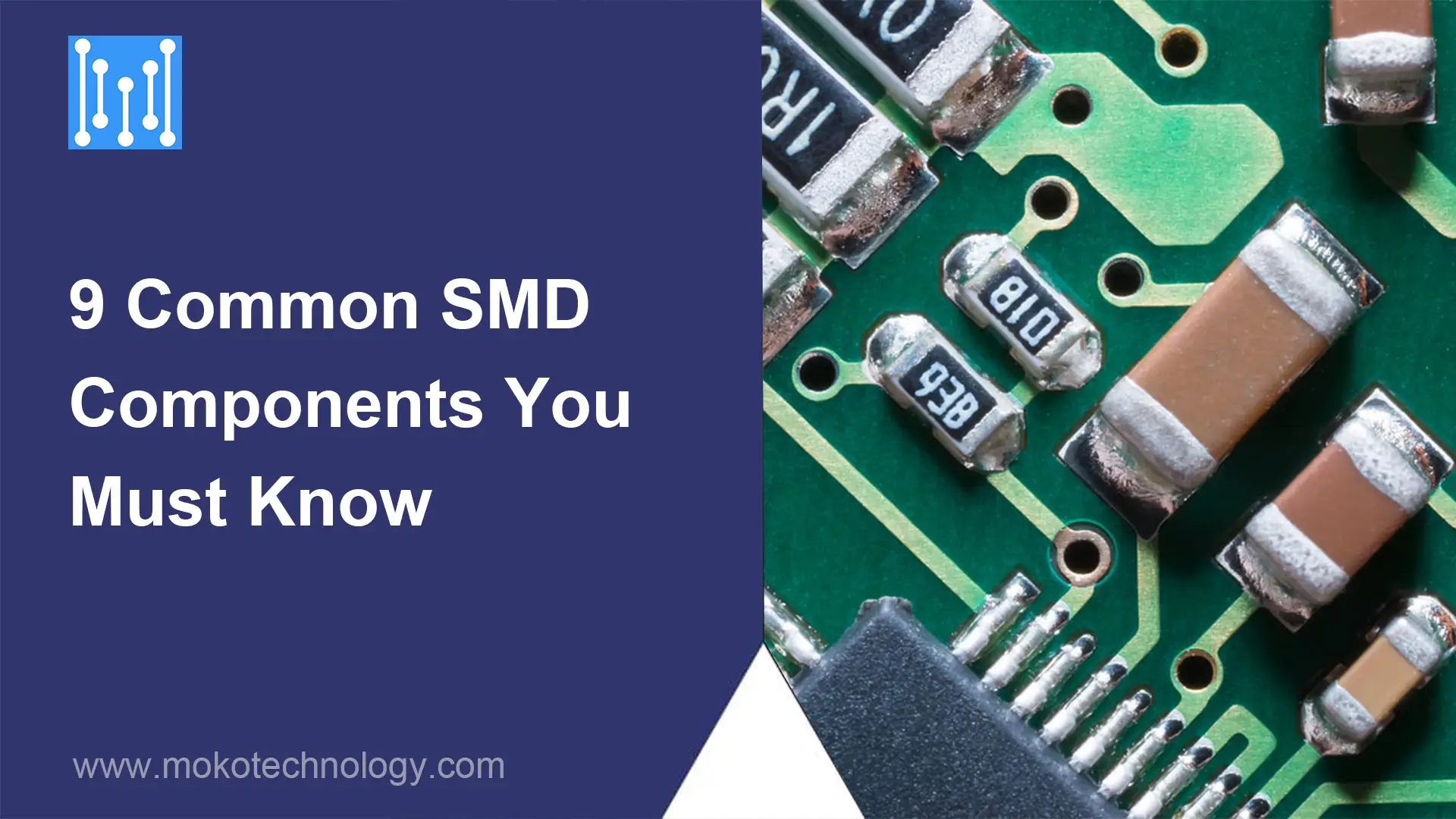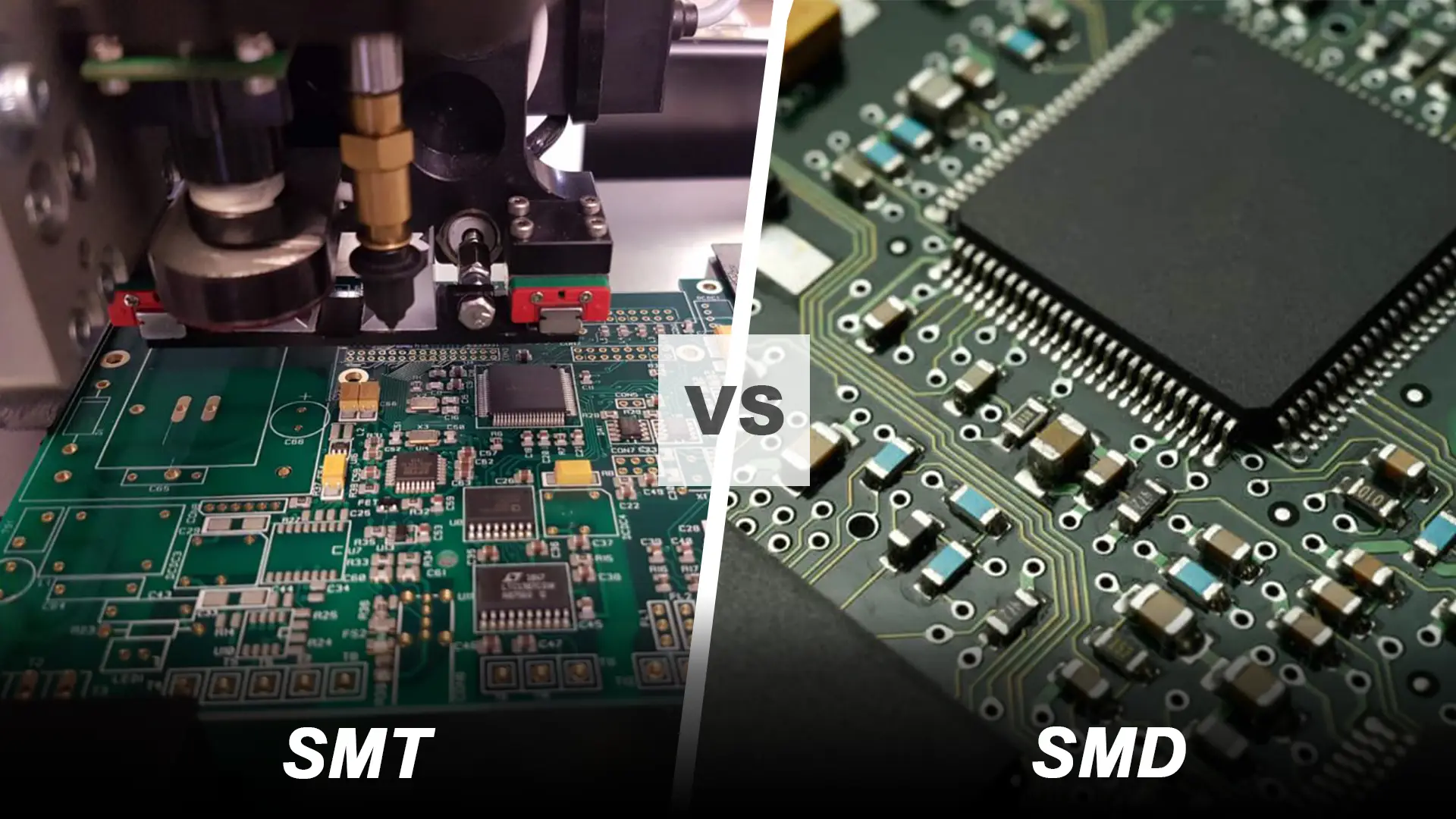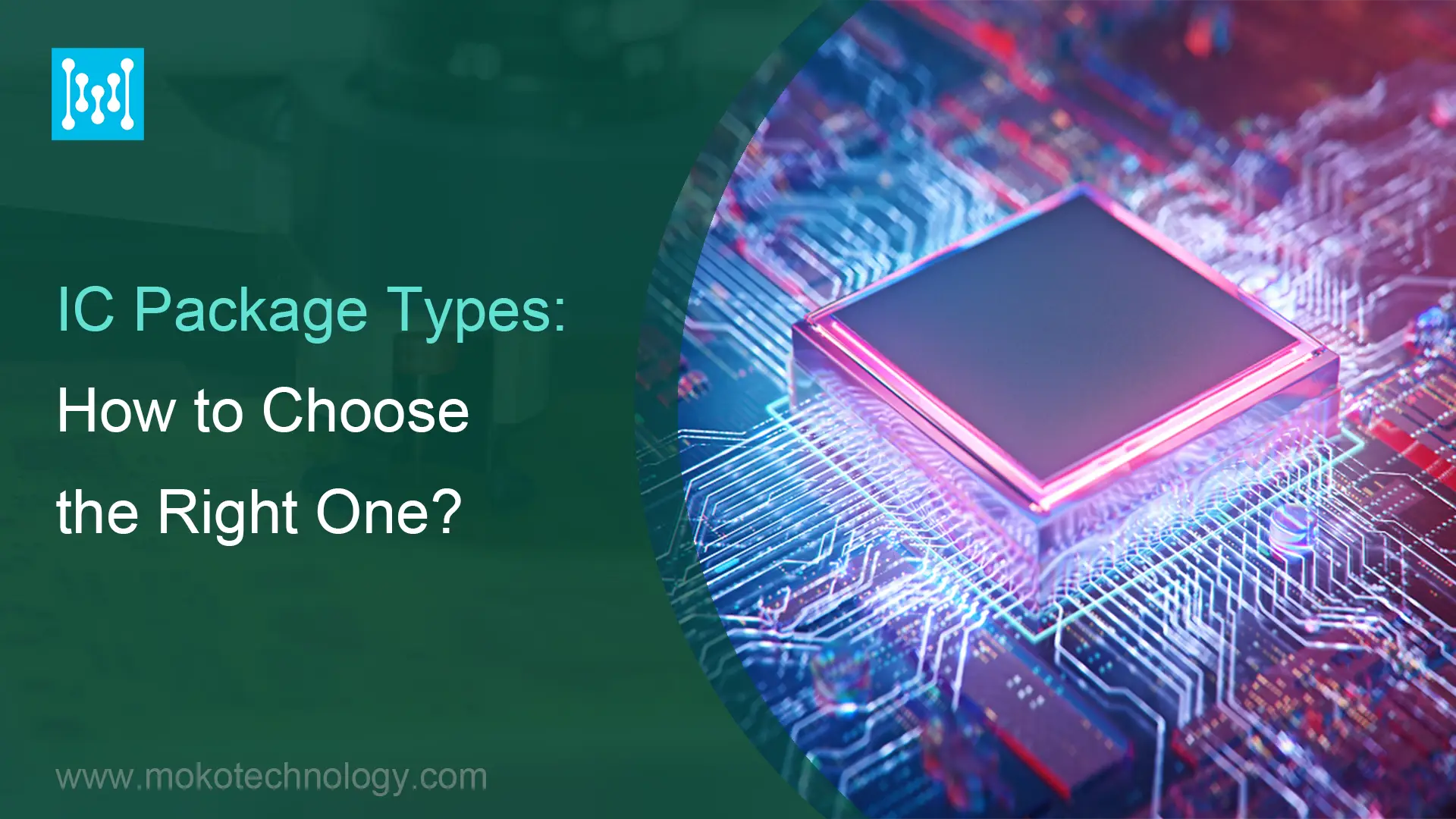- Grab yourself a half-decent temperature-controlled soldering iron and hot air tool. These can be separate or in one rework station.
- Get some decent anti-static tweezers for placing components.
- Design a PCB and get it made cheaply. Ask for prototype service if necessary.
- Whilst waiting for the board you may want to practice soldering or desoldering on some old boards. There are loads of tutorials around for SMT soldering, some good answers on here too, so I won’t go into detail apart from a few small points: flux is your friend, make sure you have plenty of it and use it liberally. Learn to drag solder for the fine pitch ICs – TQFP, SOIC, etc; get a hoof tip for this. Get some good quality wick to clean up bridges.
- Get more than one of each component so if you make a mess you can try again.
Read More: LED PCB Assembly
#PCB Assembly



